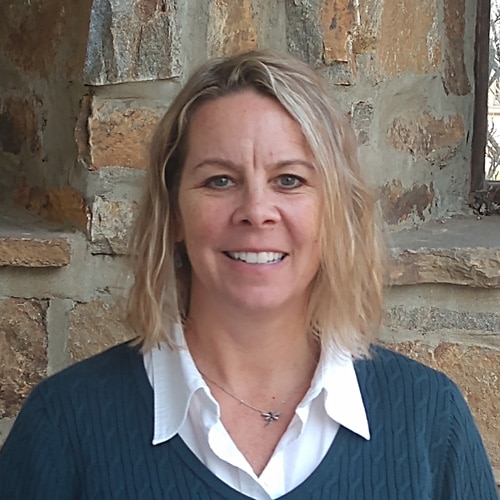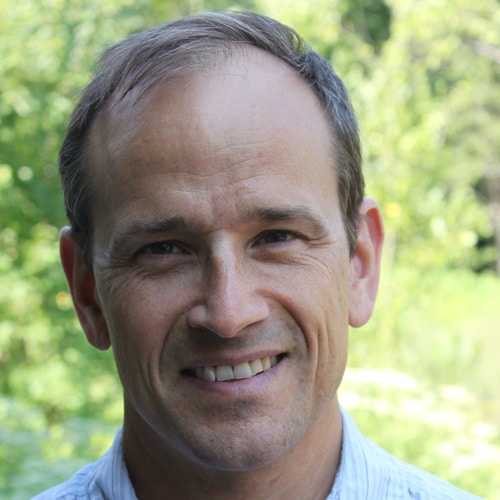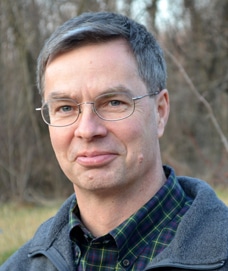The Watershed Restoration Group engages the public in freshwater stewardship and watershed restoration by helping landowners implement best management practices and plant streamside forest buffers. We link research, education, and action on the ground to manage our most precious resource — fresh water.
Watershed Restoration Staff
Watershed Restoration News
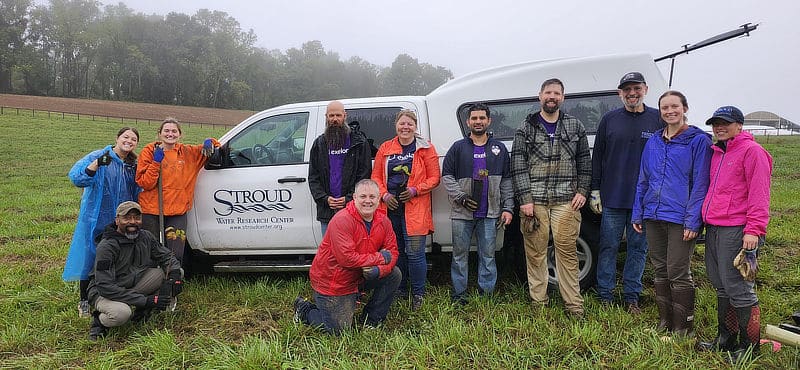
Enhancing Ecosystems Through Community Efforts
Volunteers from Exelon, Wilmington Trust/M&T Bank, and Dansko joined us for tree plantings and maintenance at New Bolton Center. We appreciate their support!
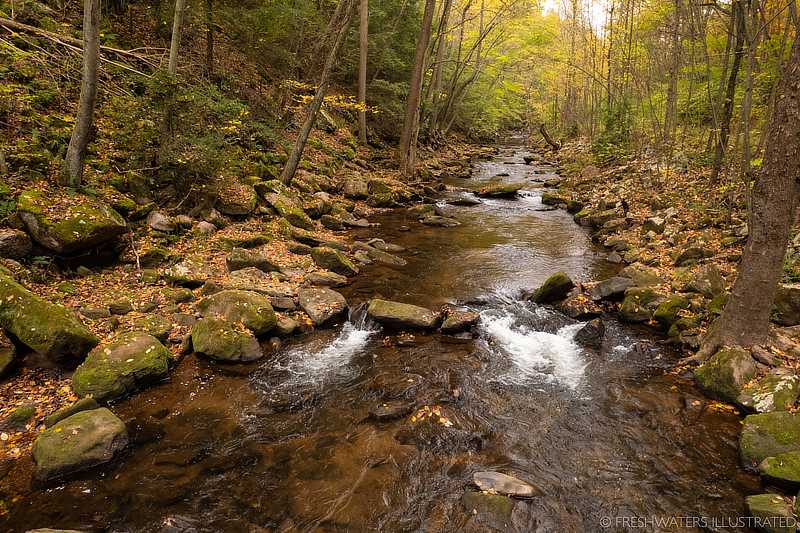
How Streamside Forests Make Us and Our Water More Climate Resilient
Whether it’s too much, too little, or too dirty, the primary way humans experience climate change is through water. Streamside forests can help.
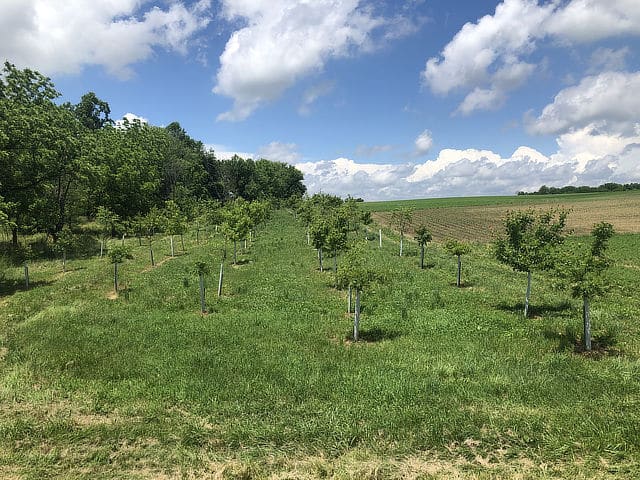
Using Herbicide: An Important Tool in Establishing Streamside Forests
To ensure our buffers are set up for success, we strategically use herbicides to control invasive plants for the first three years.

How Many Trees Does It Take to Protect a Stream?
Here's a hint: wider buffers are better. Narrower buffers help but don't function as well as pollutant barriers and enhancers of in-stream function.
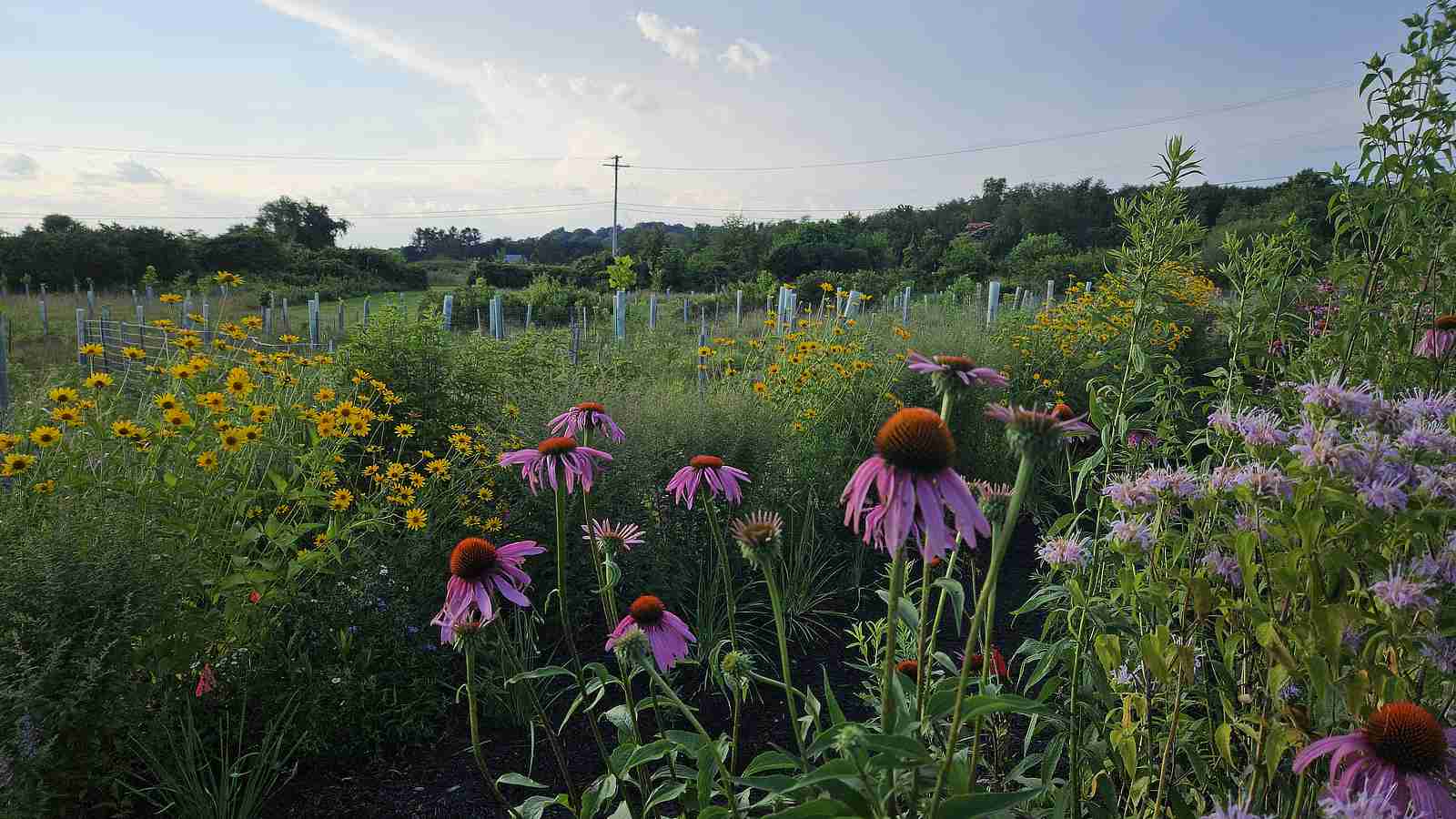
Transforming Local Parks to Enhance Fresh Water
A streamside forest project in Lancaster, Pa., inspires sustainable initiatives for a cleaner Chesapeake Bay.
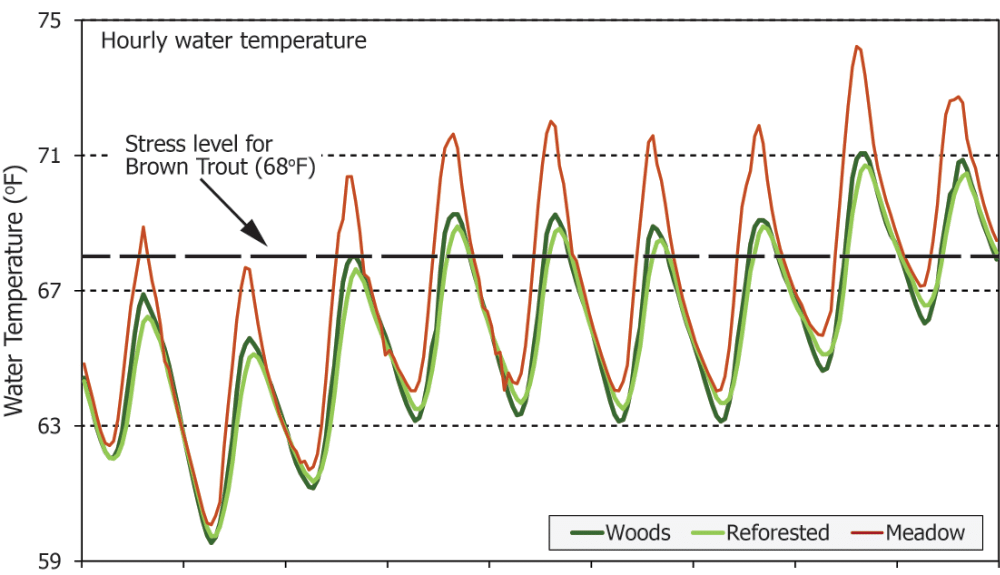
Heat Waves in the Water
Have you ever wondered about extreme weather's immediate and long-term effects on our streams and rivers and its impacts on aquatic life?

